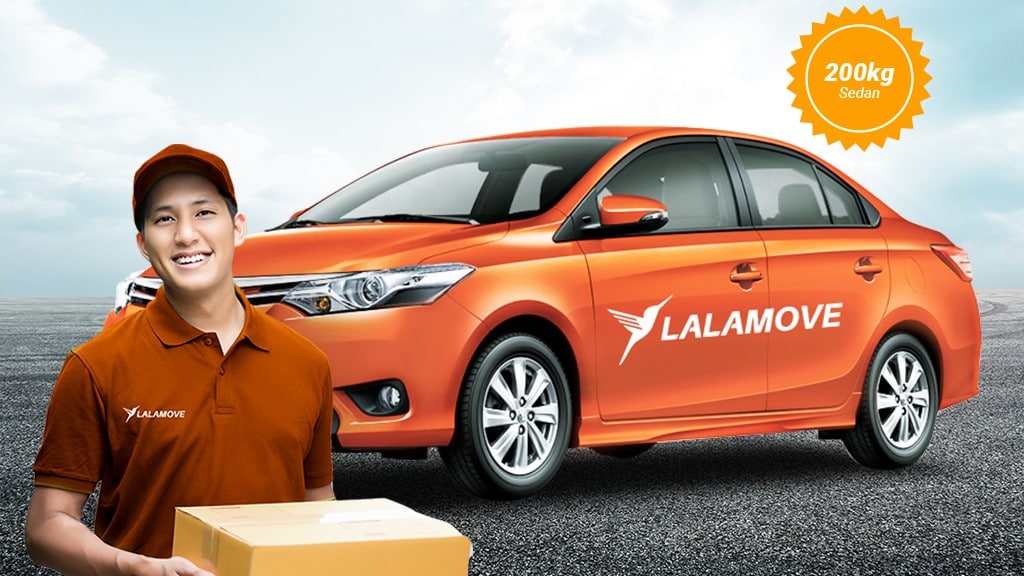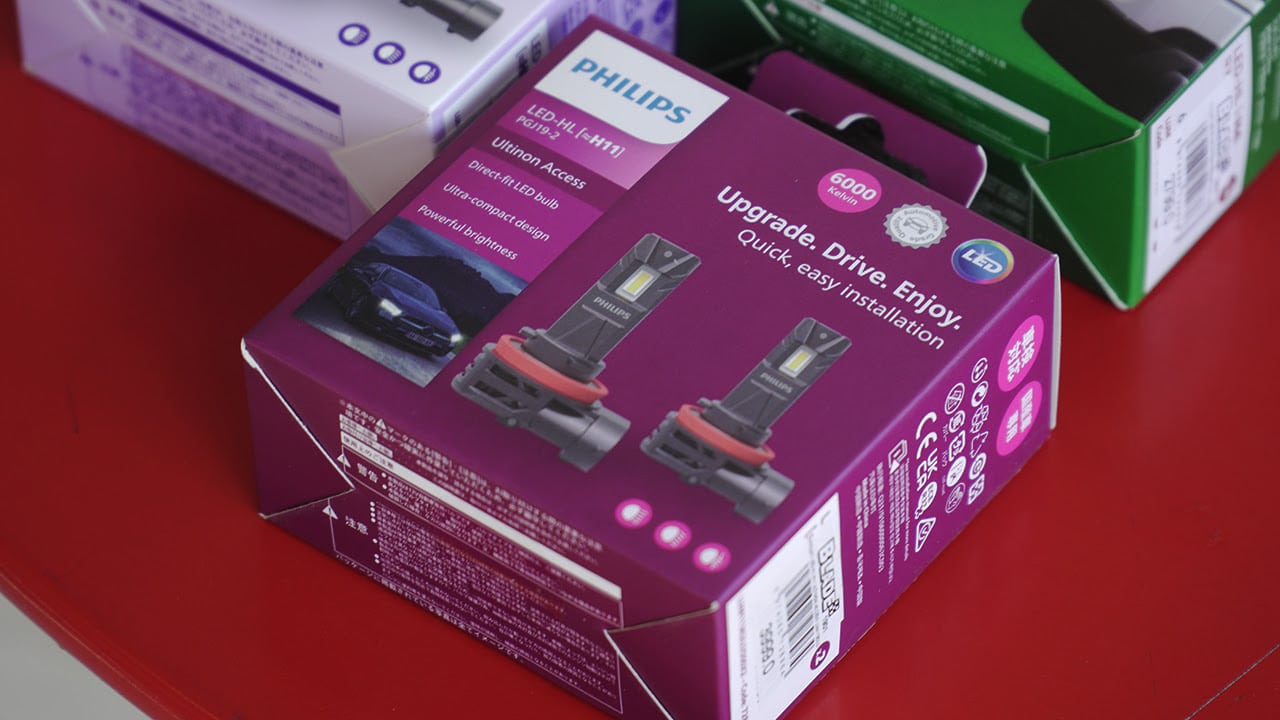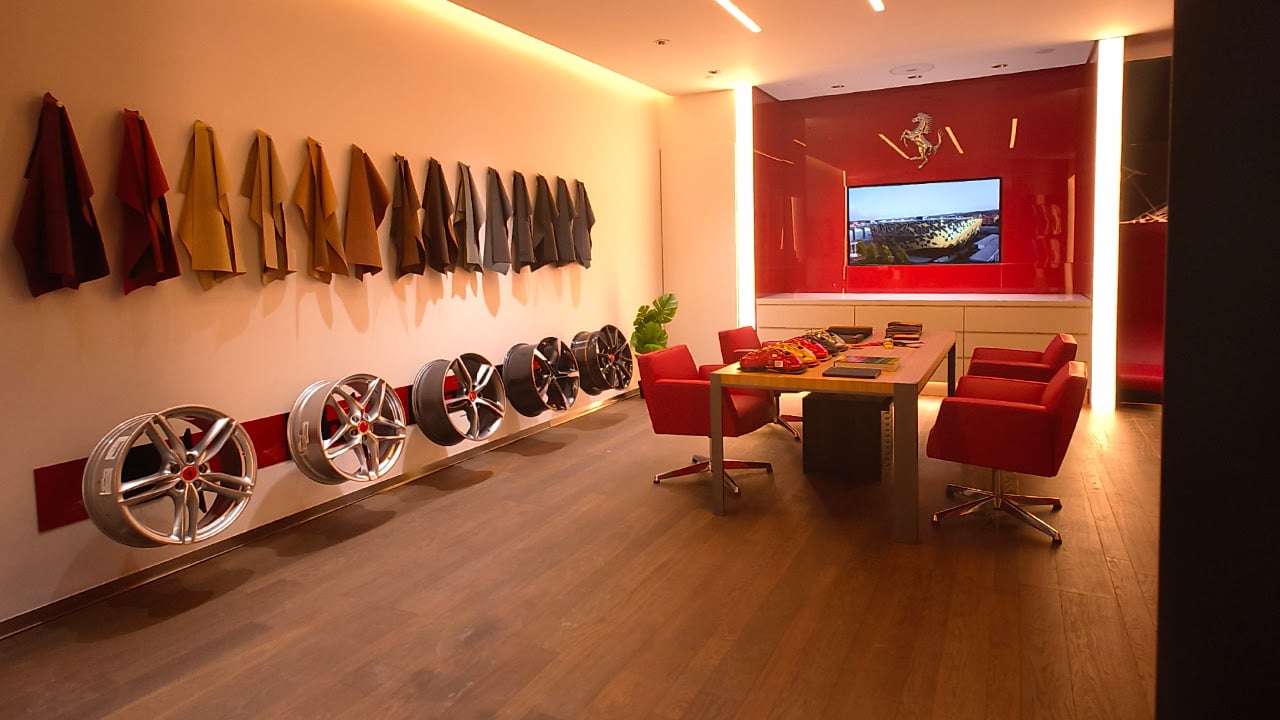08/18/2022
The Xiaomi 12 Lite has finally made it to the local market! Xiaomi’s latest offering comes in as cute as a button and offers upgraded cameras and better charging. Not only that, it looks very different from the other Xiaomi 12 series phones which may be the reason you’d pick it over the rest.
But can it offer more than just being a stylish and eye-catching device? Let’s find out.
Design
When you attach ‘Lite’ to a phone, you may think of trimmed-down features. And while that is true (as you’ll discover later on in this review), the ‘Lite’ label on this phone can also be taken quite literally.
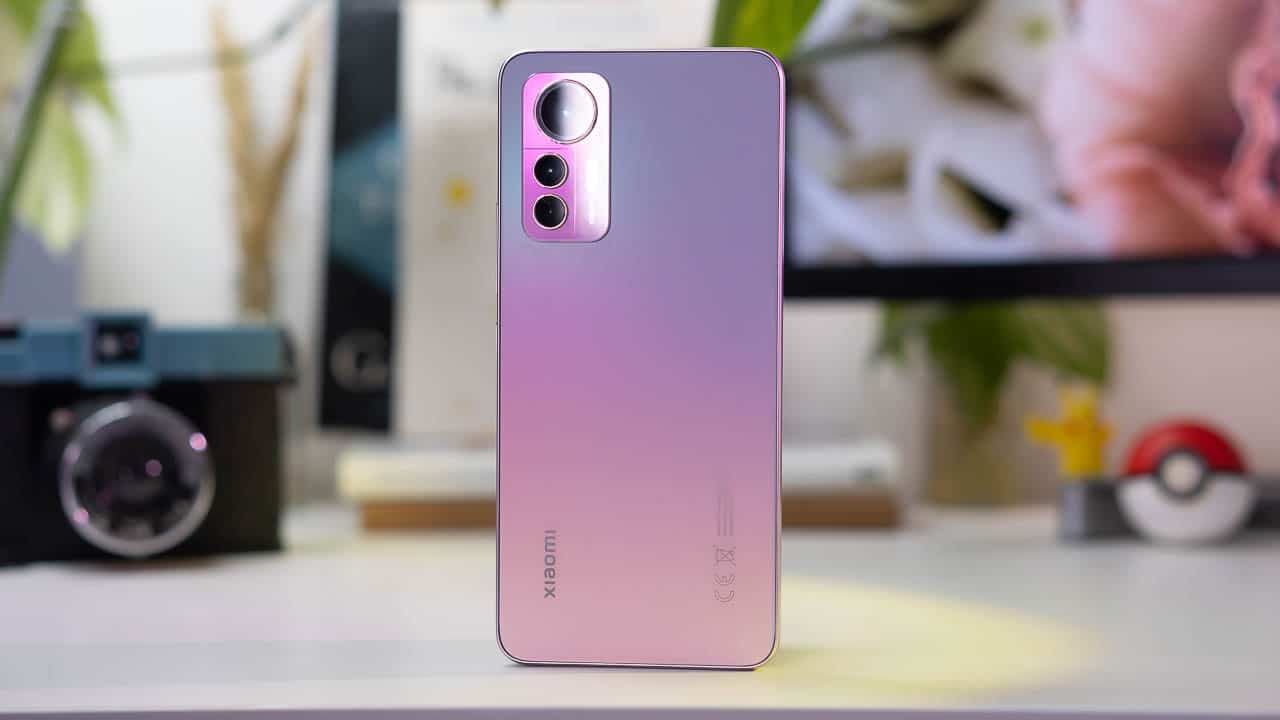
Like its predecessor, we have a phone that’s lightweight and easily pocketable. At 173g, it comes lighter than a lot of its mid-range competitors while also housing a pretty large display.
Interestingly, the Xiaomi 12 Lite offers a different set of colorways as compared to its other siblings. Our unit comes in the Lite Pink which is just absolutely adorable.
Considering Xiaomi positions this as a ‘fashion’ phone, it makes sense that its color offerings are a little bit more, well, extra.
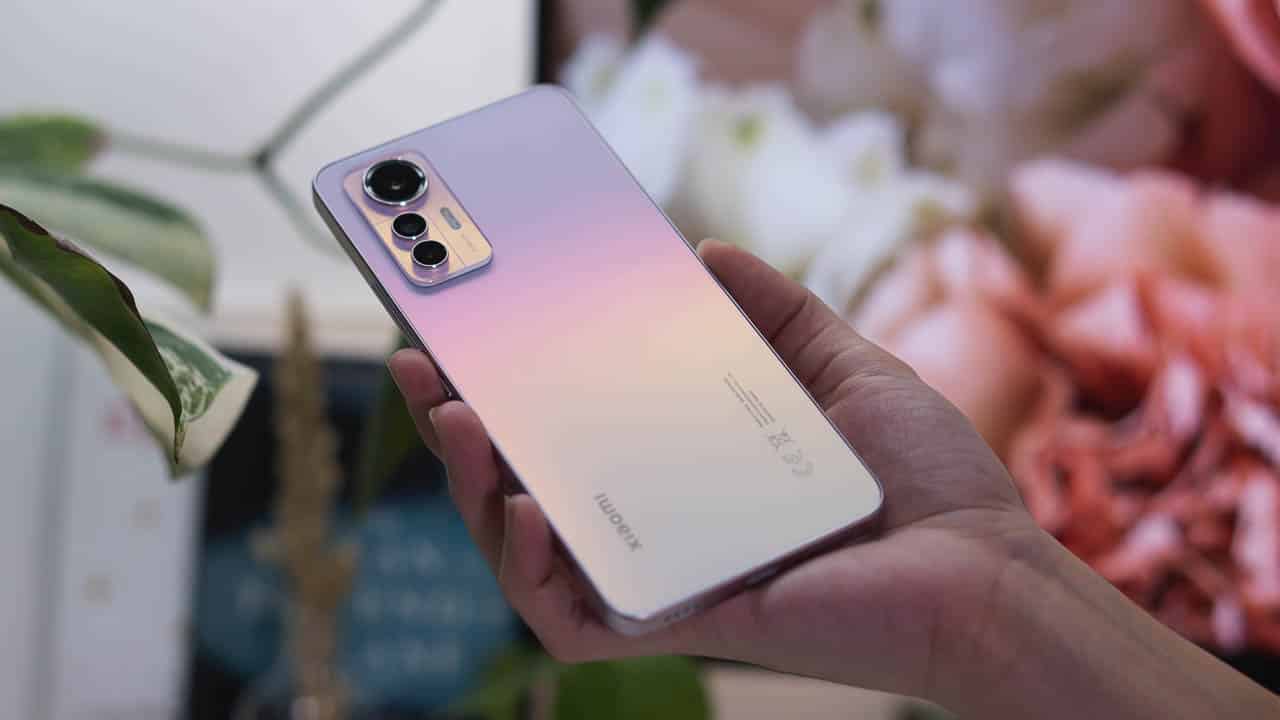
The iridescent back is subtle and airy with different hues of pink, yellow, and light lavender dancing around under different instances of light. The light pink color extends to the phone’s body as well which is a nice touch to fully round out the design.
The Lite Green takes the same treatment as this Pink variant but you’re not lost if you want this phone in a plain color as there is a Black option as well.
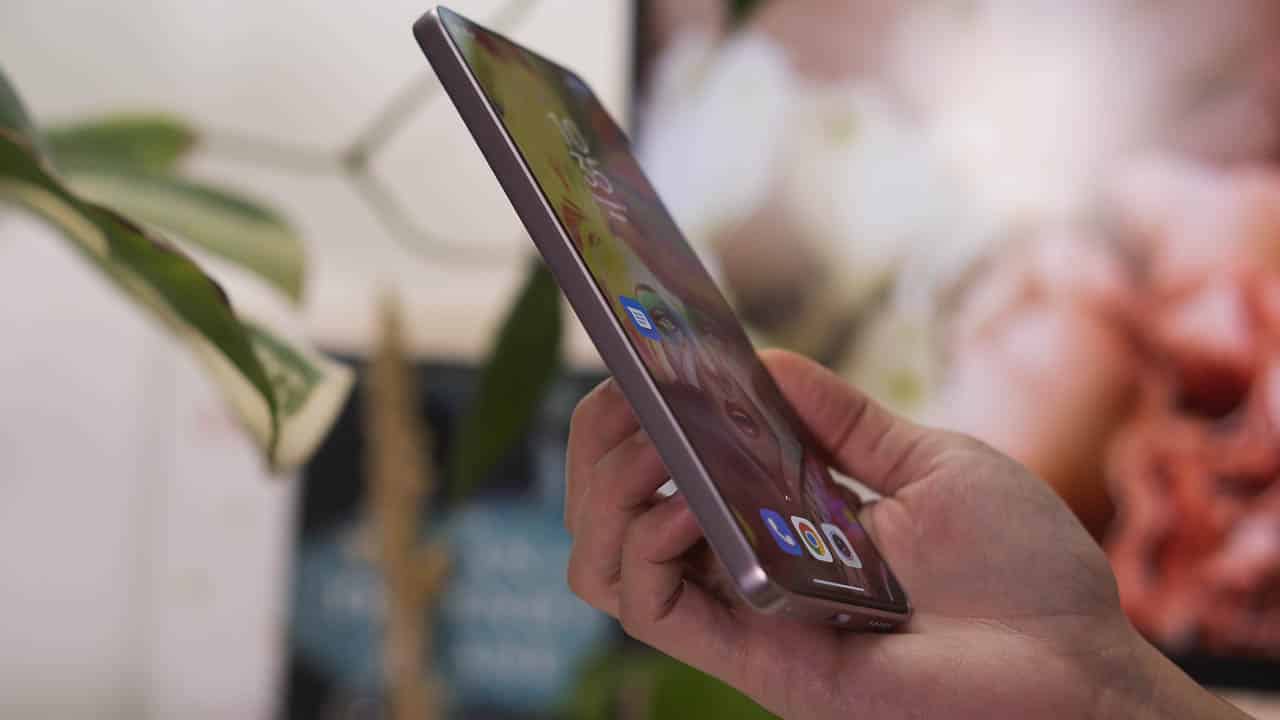
For its build, the Xiaomi 12 Lite also shies away from the rest of the 12 series’ design and opts, instead, for a flat panel and sides. There is a slight chamfer to the edges so it’s not totally flat. It’s comfortable to grip and doesn’t dig into my palm despite the harder, less rounded edges.
You’ll find all the buttons on the right side of the device and within reach of my relatively average-sized hands.
We also have an IR blaster on here which isn’t a common feature among other devices but something I still appreciate until now since we still have a couple of appliances and gadgets around the house that could benefit from it.
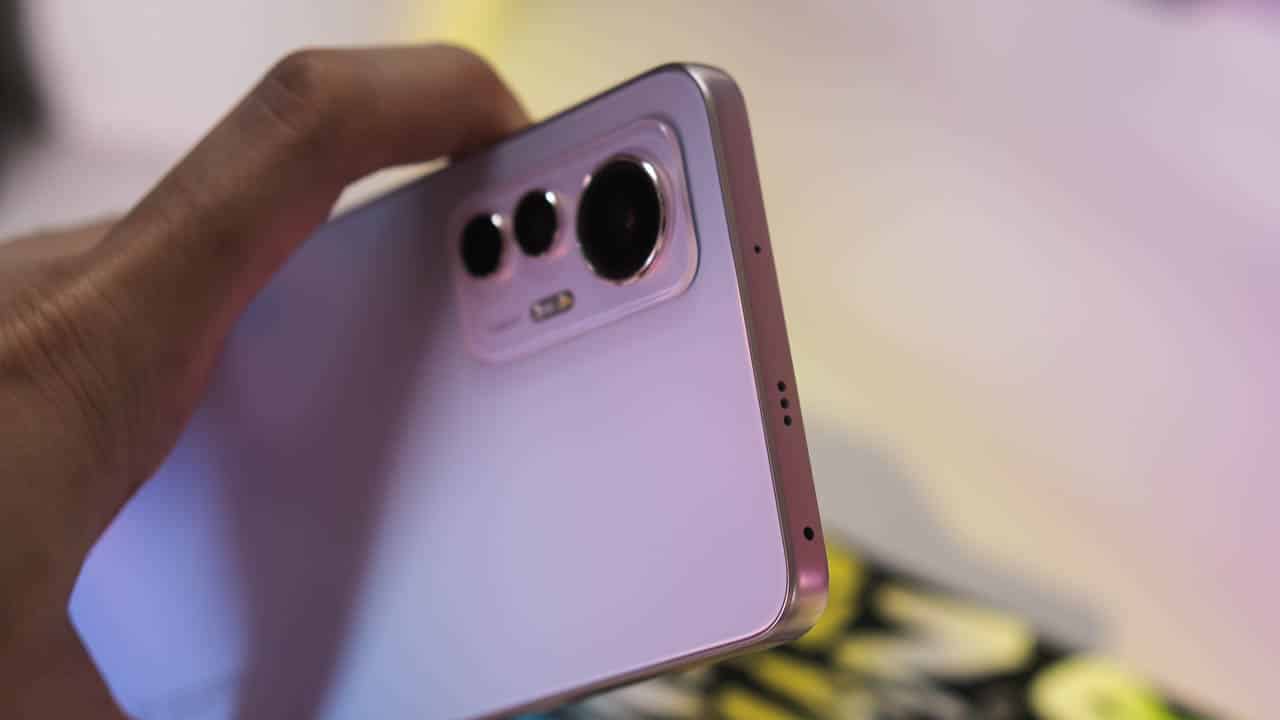
On the bottom, we have the USB Type-C port for charging. Pop open the card tray on the side and you’ll find two SIM card slots. The Xiaomi 12 Lite doesn’t offer microSD card expansion, unfortunately, but the device is offered in either 128GB or 256GB which should be enough for most people.
Display
At 6.55 inches, the Xiaomi 12 Lite’s Full HD+ AMOLED display comes in slightly bigger than the Xiaomi 12. It adopts similar features, as well, including an adaptive 120Hz refresh rate and support for Dolby Vision and HDR10+.
I’m happy to see that the bezels on the Xiaomi 12 Lite still remain thin all around as opposed to the usual thick forehead or chin found on a number of mid-range phones. It’s something you’d find on flagship phones so I appreciate this small attention to detail that helps in making the screen experience feel a little more premium.
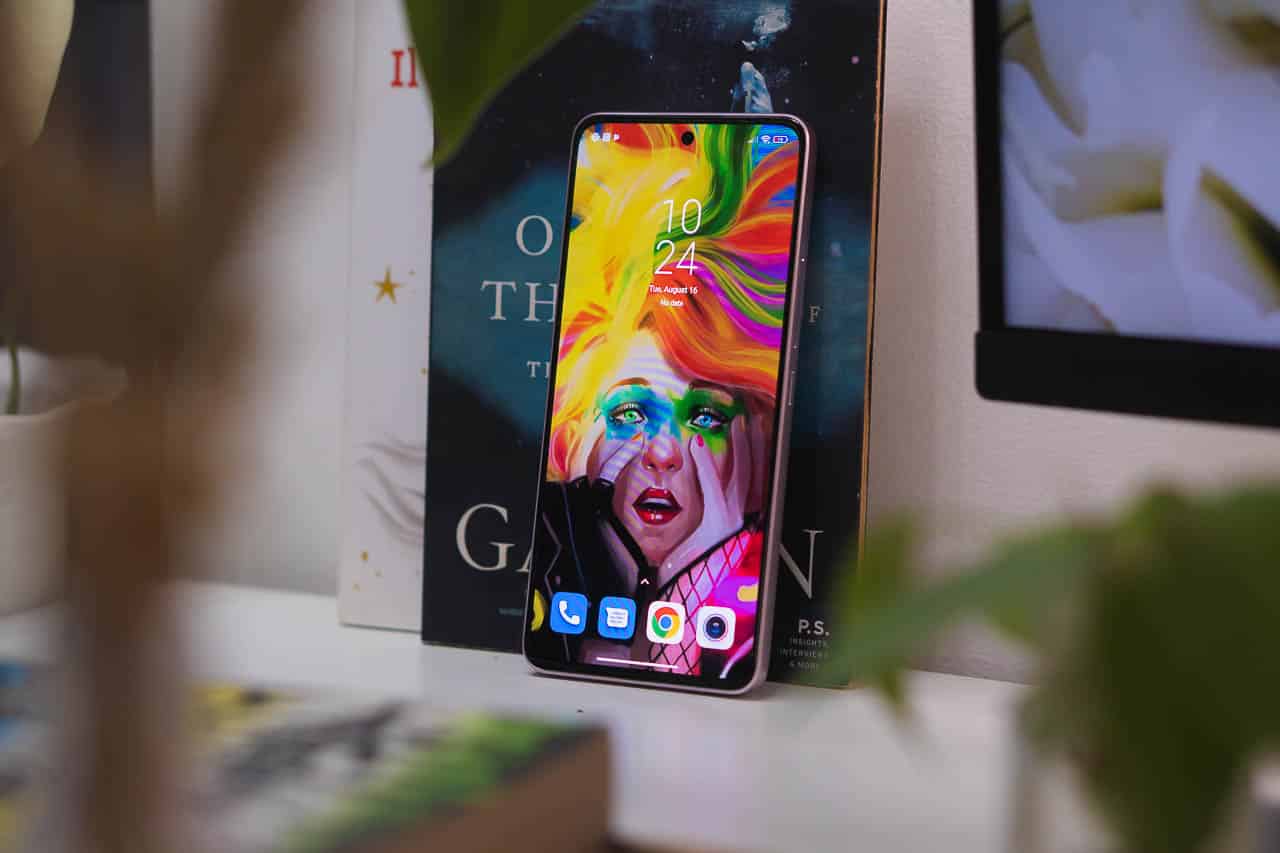
With 100% DCI-P3 color, you’re also getting true-to-life reproduction which makes it a great display for browsing photos on Instagram or streaming on Netflix. For me, having a color-accurate display was also really useful for editing photos.
The punch hole notch is in the center, however, which isn’t my personal preference but it isn’t too unsightly or distracting.
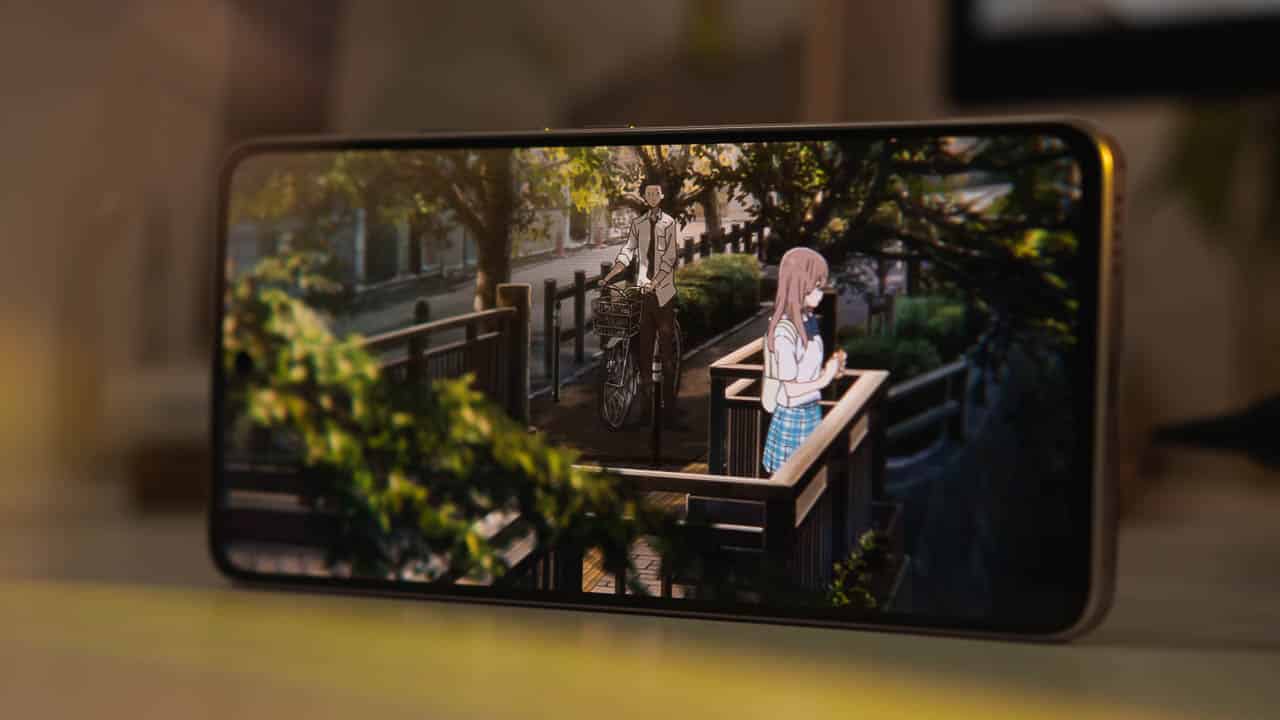
The entertainment does get limited to the average-sounding dual speakers. At its loudest, music can sound tinny. We don’t have a 3.5mm headphone jack here so if you want better audio, you’ll have to opt for wireless.
Like the rest of the devices in the series, there’s an in-display fingerprint sensor that works rather well. Even if I hadn’t taken out the screen protector the phone came with, I was able to get pretty speedy unlocks.
Finally, protection comes in the form of Gorilla Glass 5 which should do well to keep your screen free from scratches and nicks.
Performance
The Xiaomi 12 Lite has a Qualcomm Snapdragon 778G procesor at its heart which is a common chipset for mid-range smartphones. You’ll also find them on the likes of the Samsung Galaxy A-series, OPPO Reno series, Motorola Edge, among others.
Its internals are actually identical to last year’s Xiaomi 11 Lite 5G NE, from its processor down to its graphics and even its RAM and internal storage options.
But the popularity of this chipset is warranted as it is able to provide balanced performance for light to medium-heavy tasks which may include the likes of browsing, banking, and everyday duties like that.
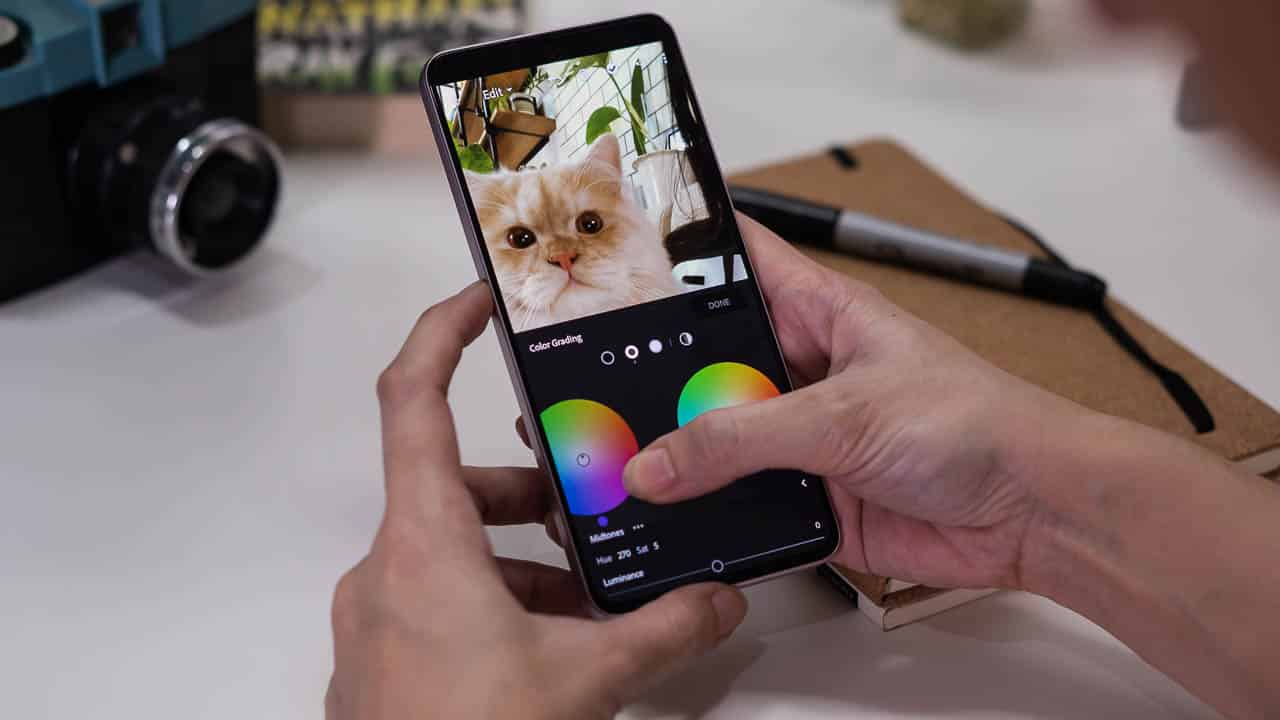
With editing tasks, you’re getting a pretty smooth experience as well. Grading photos in Lightroom didn’t show any issues though if you are trying to edit 4K footage with the phone’s native editor, you may encounter slow processing at the start.
Casual gamers may also find the lite version just enough for their needs. I was able to play Pokemon Unite for a few hours on Performance mode and didn’t notice any strain on the phone.
Genshin Impact showed lag, as expected, but lowering the settings, frame rates, and getting rid of some environmental effects helped in stabilizing gameplay. With longer hours on Genshin, you will feel the heat on the back and I had one instance where I got a high-temperature warning.
But I honestly wasn’t surprised as this isn’t really a phone built to game intensively and Genshin Impact is pretty resource heavy.
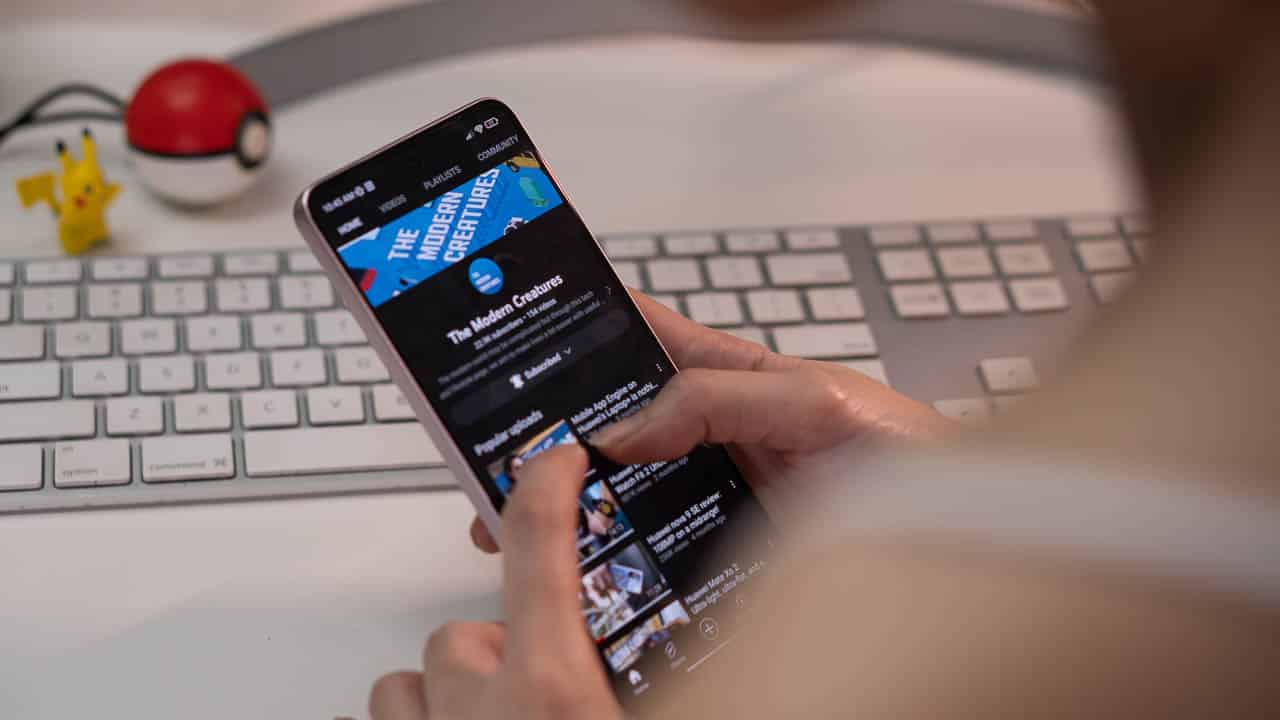
But overall, I wouldn’t see the casual or semi-intensive user (like myself) being disappointed with how this phone performs. There are many flourishes like its 120Hz refresh rate that add a premium feel when using this phone, too.
Camera
One of the major differences you’ll find on the Xiaomi 12 Lite is its upgraded 108-megapixel main camera which you won’t find on the other variants available locally.
Alongside it is an 8-megapixel ultra-wide, and 2-megapixel macro.
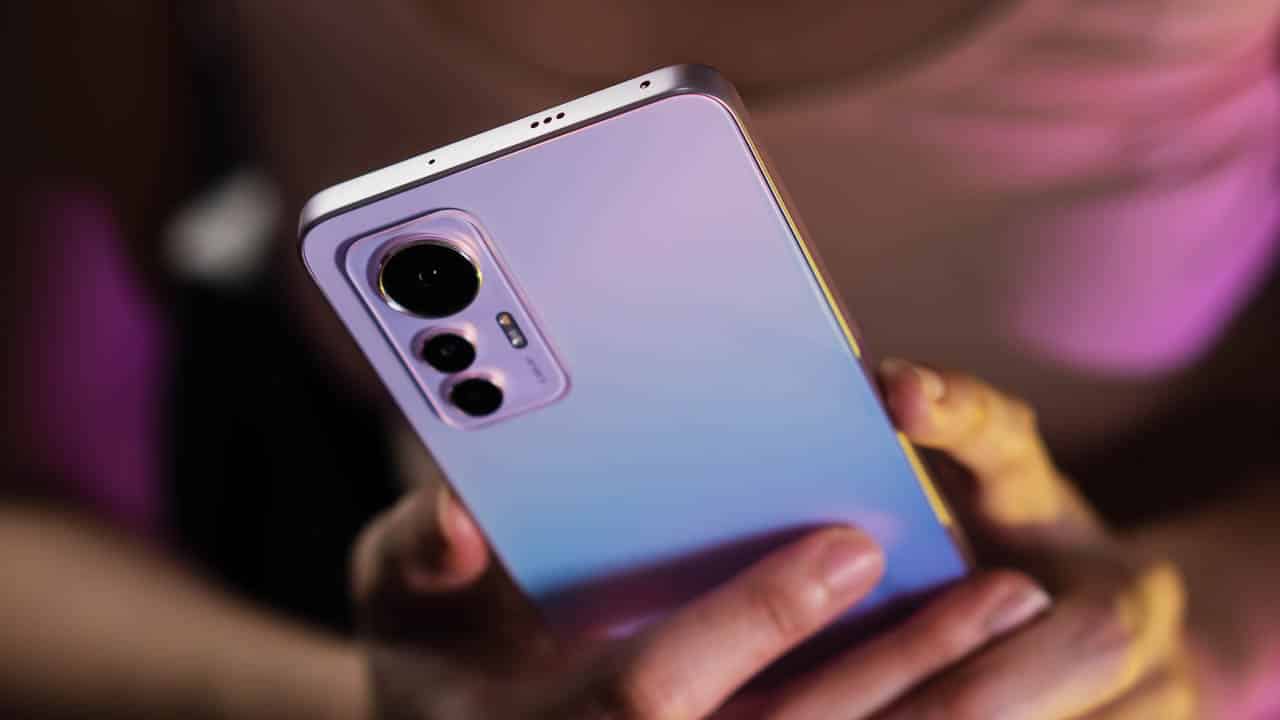
With this setup, the 108-megapixel camera is really the star. The main shooter provides excellent sharpness, detail, and colors albeit a little too saturated for my taste. I did love the natural bokeh it was able to produce, however, even outside of its portrait mode.
In low-light, shots are decent with visible details but the software does have a tendency to over-brighten shots. I found you can get better results from the main camera when you nudge the exposure down just a bit so it doesn’t over-expose the photo.
The 8-megapixel ultra-wide performs as I expected – better in bright light and not so much otherwise. With enough light, you’re going to get good detail, color, and contrast as well but quality does quickly degrade when shooting in darker scenarios.
I found myself opting to stick to the main camera during my time with this device as the quality really is much better.
The 2-megapixel macro is there but as you may expect, shots come out pretty average. Nothing to write home about, really.
Around the front, we have the same 32-megapixel shooter found on the other members of the series. I personally enjoyed the selfie camera as it produced bright and clean photos in almost any situation.
Like most mobile cameras, low light can be a problem but you can turn on the two LED lights up top to provided gentle illumination. This works really great in making selfies look a lot better when it’s dark as it is able to bring out details of faces.
But I wouldn’t suggest taking long videos with the lights on. I tried recording and was greeted with a high-temperature warning about 3 minutes in. And this was shooting at night when the weather was pretty cool.
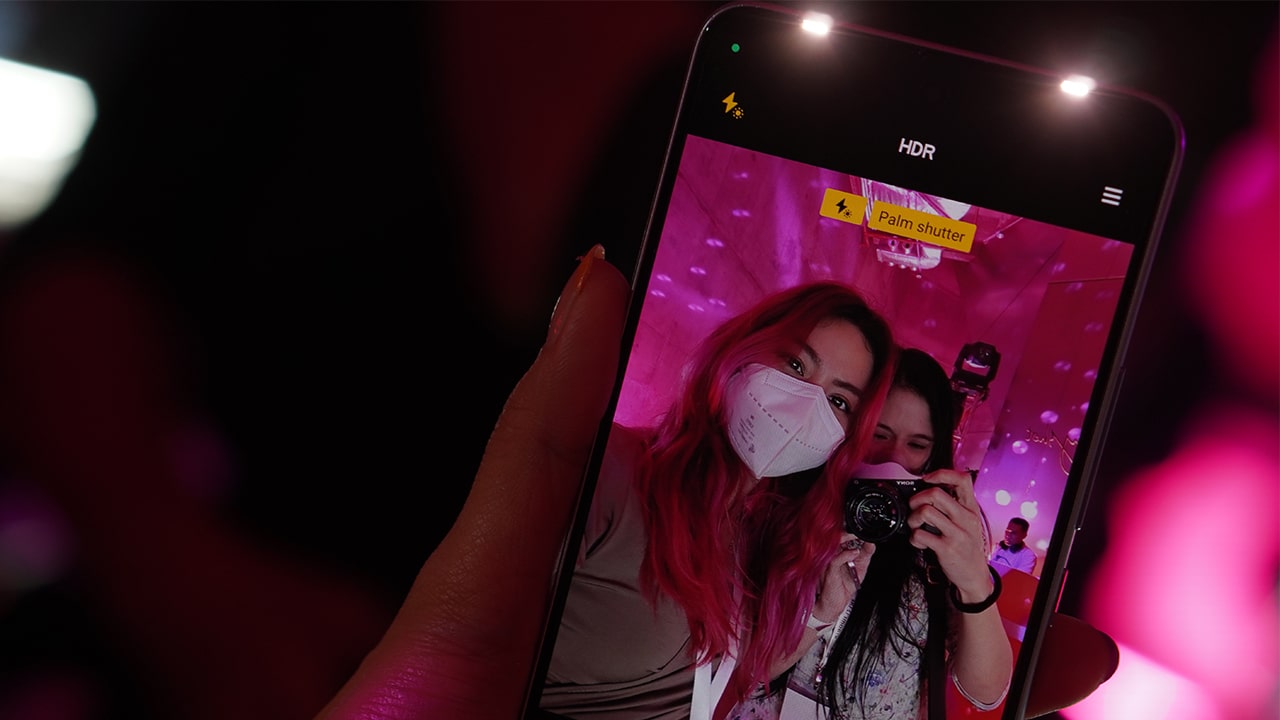
Just one more thing that takes away from the overall experience, at least for me, is that the shutter is just a tad bit slow. This made taking quick snaps pretty hard since it would often come out blurred. You or your subject will have to stand still for a beat to really get the sharpest photo possible.
But nit-picking aside, any casual user will be happy with the overall camera setup of the Xiaomi 12 Lite. You’ve got a really good main shooter with the 108-megapixel camera and you’re supplied with enough tools as well to make capturing photos or videos much easier.
Apart from the main photo mode, you have Pro mode with RAW capabilities, a dedicated 108-megapixel shooting mode, dual video shooting, and a fun vlog mode that comes with 19 easily usable templates.
Battery
The Xiaomi 12 Lite comes with a 4300mAh battery. The smaller battery helped in keeping the device lighter but it can come up short when you’re a heavy user. I was able to squeeze out about 5 hours on it, heavily using the camera and running on data alone.
On an average working day, though, I can get it to last up to 7 hours, only needing to top up before the day ends.
Speaking of topping up, the Xiaomi 12 Lite comes with a 67W turbo charger which I absolutely enjoy. It was able to fill up the phone from zero in just 35 minutes – great for anyone always in a hurry or for lazy people like me.
Creature Feature
In our reviews, The Modern Creatures aims to find special features in devices that make them worth having. And for the Xiaomi 12 Lite, it would be two things — its 108-megapixel camera and its adorable design.

Having a great main camera and cute color options make the Xiaomi 12 Lite a phone that’s both Instagram-ready and can take Instagram-ready photos. Cute and capable? That’s the Xiaomi 12 Lite.
Final Thoughts
On paper, it may not seem enough to upgrade from the 11 series but the cameras are really better this time around, and faster charging really adds convenience to a busy person’s lifestyle. Locally the Xiaomi 12 Lite will be available in two variants. It starts at PhP 20,999 for the 6GB+128GB variant and the higher 8GB+128GB variant clocks in a PhP 21, 999. At launch, Xiaomi is also offering freebies which you can check out here.
